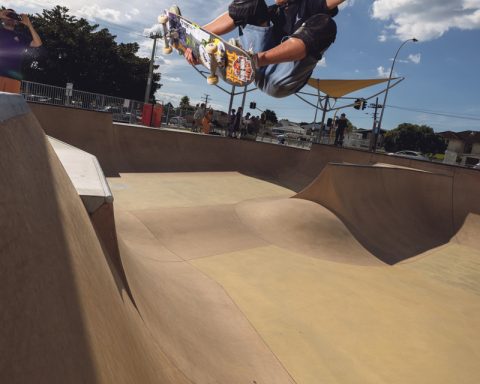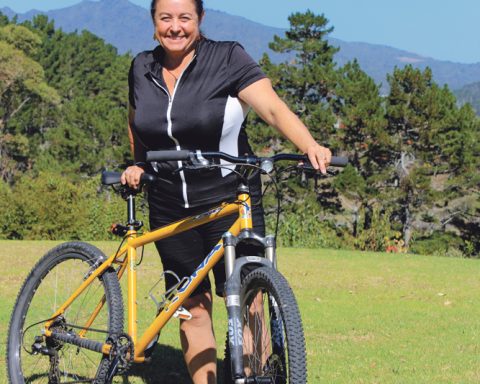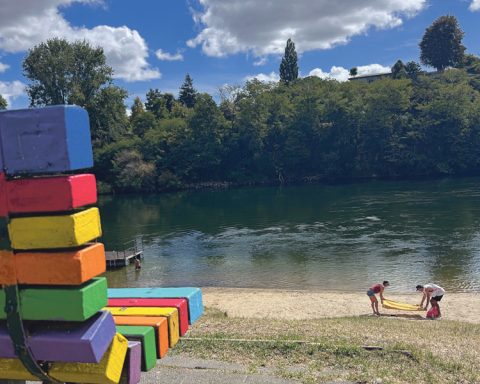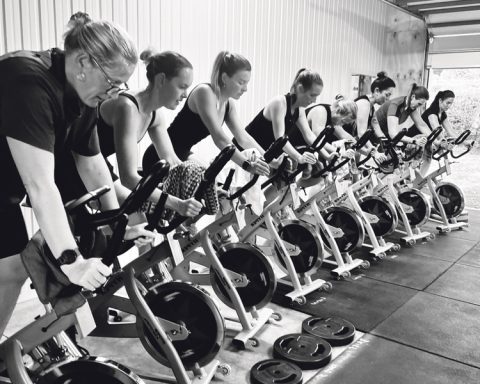On 3 December the Raglan and Districts Museum is presenting a new exhibition recognising the 100th anniversary of the opening of Bryant Home on 27 December, 1924.
Read more: Bryant Home ExhibitionThis facility was for children convalescing from illness and was built and supported by a Trust under a generous legacy from Daniel Bryant. According to him, it was “a home, not an institution,” and had its own farm and gardens. Kind staff, good food, games, laughter and Raglan’s fresh sea air helped nourish hundreds of children back to health. For children from farms, it was a welcome rest from the hard work they did in addition to attending school.
Children’s health was insecure in the 1920s. For every thousand children under five, around 60 died, as compared with 5 per 1000 today. Children from 5 to 12 were at risk from infectious diseases such as influenza, pneumonia and tuberculosis. A polio epidemic in 1916 damaged or killed many children. Six polio epidemics occurred between 1925-56, and Bryant Home played an important part in helping children recover and regain strength.
Dan’s health had earlier benefitted from Raglan’s sea air and pleasant climate. He had recuperated from a respiratory infection here for three months, aged 18.
When the boom in farming generated by World War 1 came to a close, Dan was a wealthy man. At this point, though not yet 40, he already knew he had a purpose in life: “At the age of 16 I had a vision; I felt that someday there would be special work for me…connected with…poorer people and child welfare.” He began to clarify his future work. He would set up a convalescent home for children and dedicate his time and income to it. He purchased 75 acres on Karioi, asked for a set of drawings from a Hamilton architect, and set up a Trust to manage the capital assets.
The building design put children first with a central, sunny dining room facing the sea to the North and a sheltered courtyard on the other side, flanked by a girls’ and boys’ dormitory on either side. The dormitories were wide, sleeping verandahs with part of the courtyard side open for fresh air. However, the open sides were closed in when the home extended its hospitality, opening throughout the winter to women in need of rest from 1932.
The grateful comments of women winter guests are found in the visitor books. So too is the appreciation of the World War 2 servicemen who were supported wholeheartedly by the people of Raglan. Over 900 servicemen stayed under the care of Matron Smales and her team.
Improvements in children’s health by the 1960s and other factors related to finding staff in an era of full employment and expanded opportunities led to a decision to close.
However, it reopened under new ownership the following year and would continue to be a place where children under 14 could go for holidays.
The new owners, the Children’s Bible Crusade, wished to grow the spiritual knowledge of children adding Bible study to the curriculum. Now under the name of CBM, Children’s Bible Ministries, Camp Raglan continues to offer interdenominational, Christianity-based holiday programmes for children. Schools and community groups can also hire the camp to run their own programmes.
An illustrated display with the story of the convalescent home and its founder Daniel Vickery Bryant is up in the museum atrium. It includes some short film clips from the 1950s.











